Cunard Craft Collection
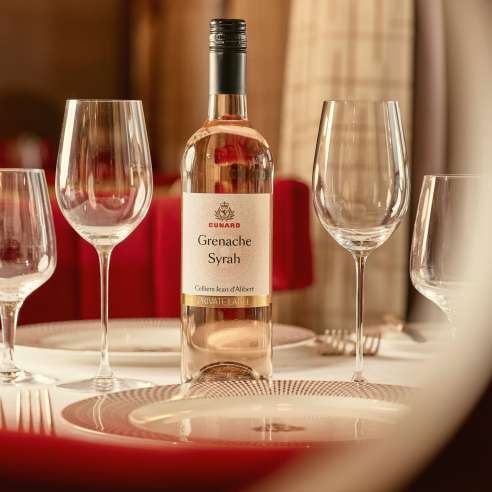
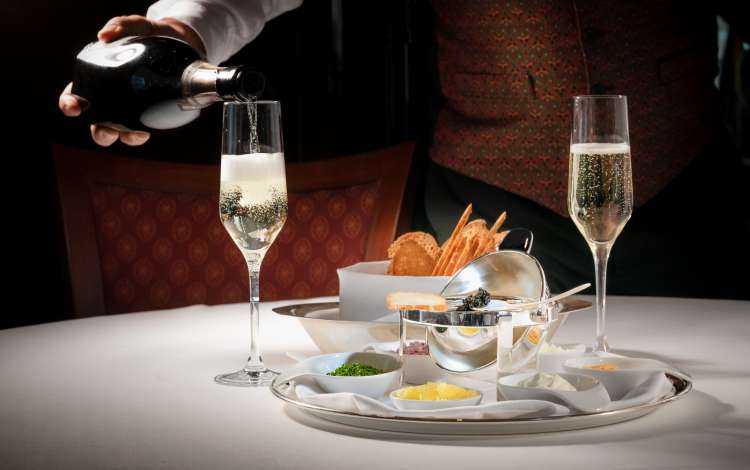
As Bernard de Nonancourt once said: "There are two key factors to success. Put simply it is: quality of the people and quality of the product."
On Cunard, there are myriad options to choose from at any time of day: be it a lively Buck’s Fizz with breakfast; a chilled glass of prosecco by the pool; a Champagne cocktail at sundown; or even a delicious glass of cava after dinner. And that’s not to mention the signature Champagne Laurent-Perrier Afternoon Tea for which Cunard is rightly famed. Here we discover some fascinating fizz facts, dispel a few bubbly myths, and find out more about this irresistible tipple’s sparkling history. Cheers!
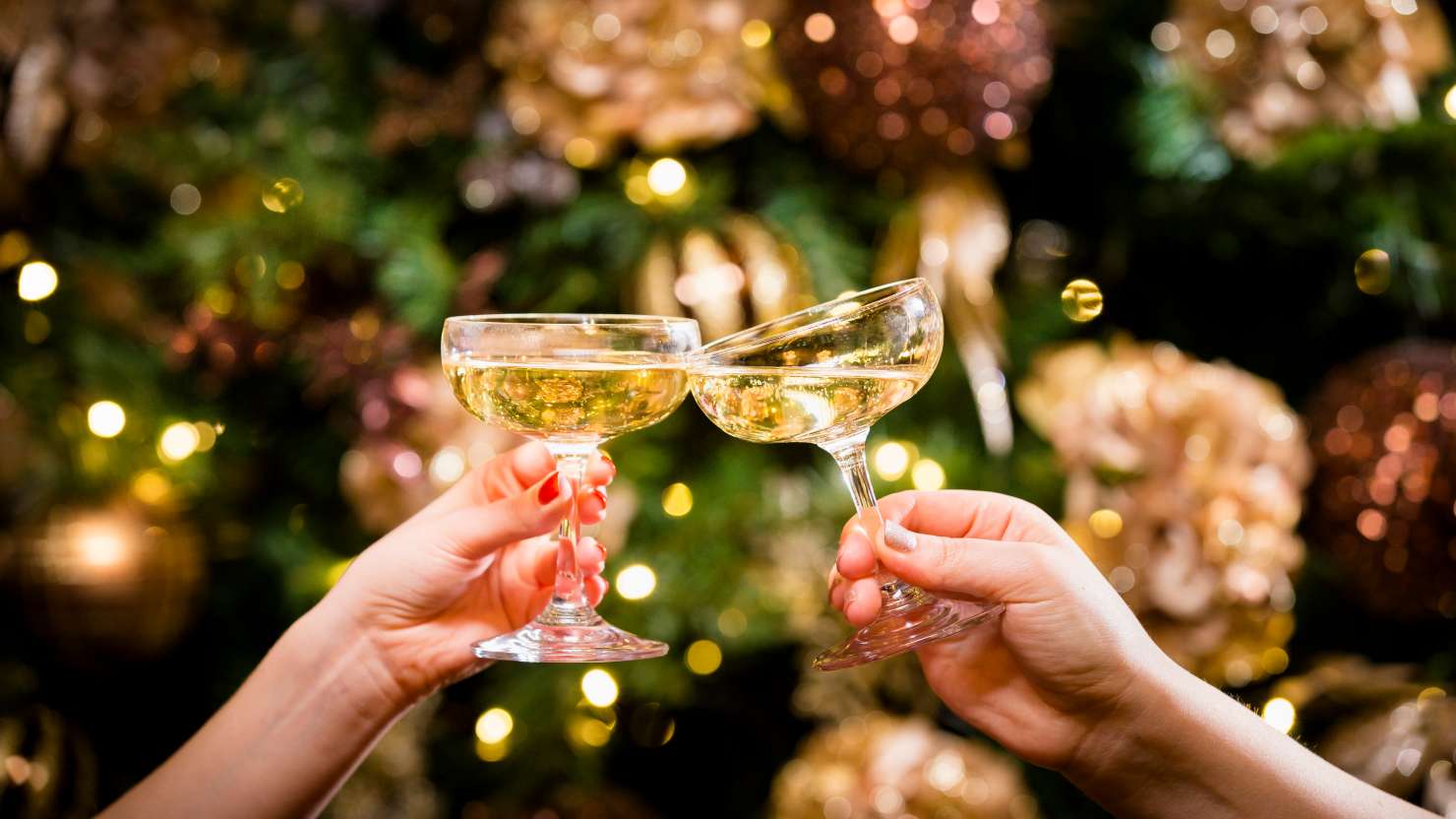
Champagne is predominantly made from three grapes: Chardonnay, Pinot Noir and Pinot Meunier, using the méthode champenoise. After the initial alcohol fermentation, the wine is fermented again in the bottle, so that the carbon dioxide which is produced falls back into the wine, and creates the famous bubbles. It’s made in the Champagne region of France and is strictly regulated – there is even an official office (Comité Champagne), which ensures the appellation’s exclusivity. Sparkling wines produced in other areas of France are termed crémant.
We are proud to have Laurent Perrier as our champagne partner on board our fleet, including the first champagne bar at sea on our flagship Queen Mary 2.
Mainly created from three Spanish grapes (Macabeo, Parellada and Xarel-lo), cava was first made in the middle of the 19th century, when Josep Raventós visited Champagne and became interested in producing a Spanish sparkling wine in the same way. He created the first sparkling wine 21 years later in the vineyards of Penedès in Catalonia. Like Champagne, it has a second fermentation in the bottle – only cava produced in ‘the traditional method’ can be so called, though it can also be made in other areas of Spain, such as La Rioja, the Basque region and València. As with Champagne, the method means that the wine ages well.
Named after a village in the Veneto region of north-east Italy, Prosecco, like Champagne, has an appellation that is similarly protected by European law. It is made from the Glera grape, which could date back to Roman times, and also has two fermentations, but the second one is in steel tanks rather than in the bottle. It is then bottled under pressure – this is called the Charmat method. The wine – sparkling, semi-sparkling or even still – is meant to be drunk young.
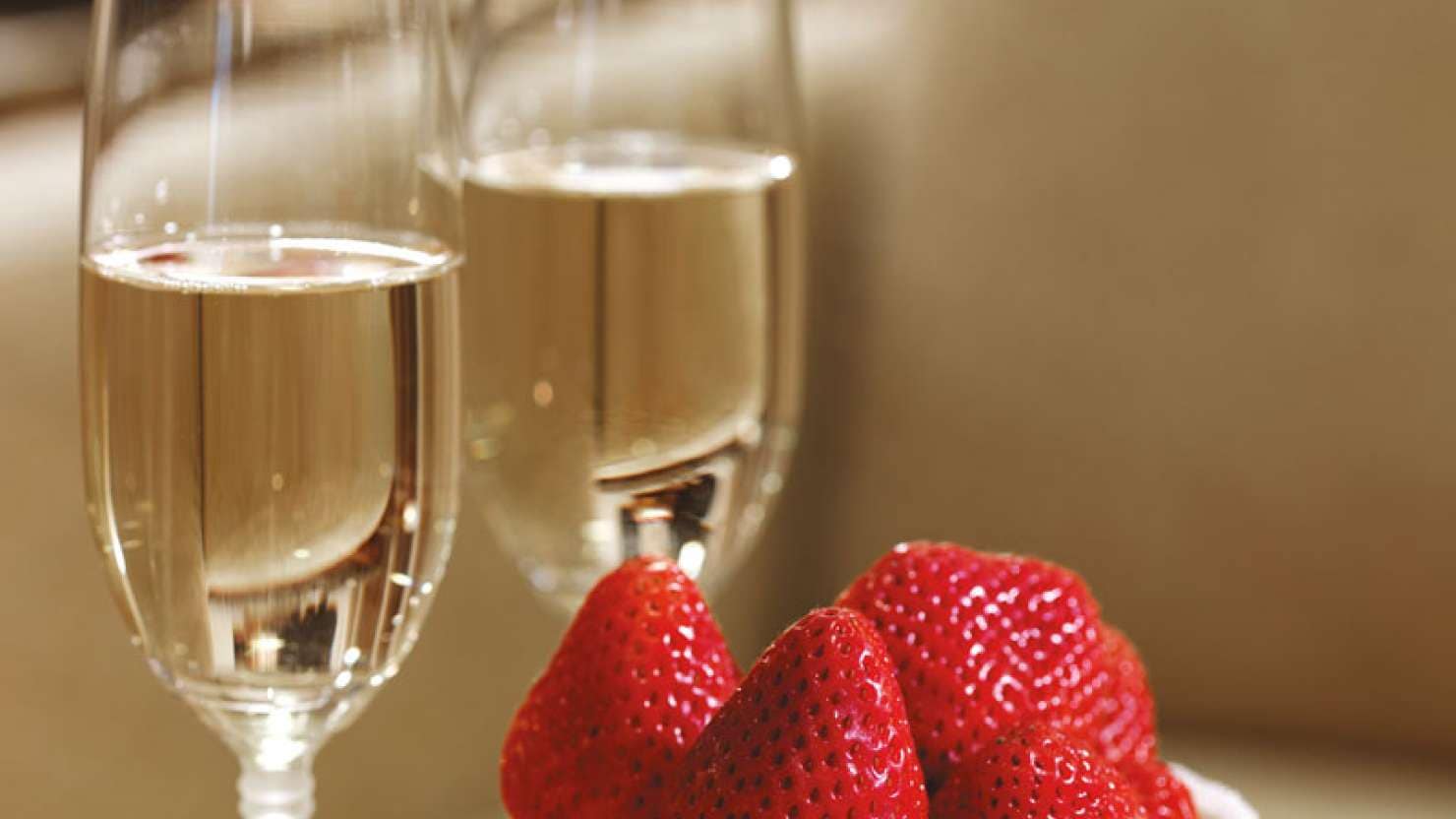
Quality English wine has been rightly acclaimed and awarded in recent years. The majority of English wines are sparkling, and are mostly made using the same three grape varieties as Champagne. The South East of England – particularly parts of Sussex, Hampshire and Kent – is an especially good region because the chalky soil, tempered with a cool climate, is almost identical to the Champagne region in France.
A champagne cork can pop out of its bottle at 50 miles an hour, thanks to the bubbles of carbon dioxide, which build up pressure - three times that found in the average car tyre. Champagne's volatile nature earned it a reputation as 'devil's win'. The solution: the 'muselet', a delicate wire cage that cradles the straining cork.
Cuvée ('from the vat') generally signifies a specifi blend or batch. In Champagne - and other regions that use traditional methods to produce sparkling wine - this is the best grape juice after pressing. In Champagne production, the cuvée is the first 2,050 litres of juice from 4,000kg of grapes; the following 500 litres are kown as the 'taille' (tail).
Vintage refers to sparkling wine made from just one year’s grape harvest; non-vintage is a blend of grapes from different years. A recognisable ‘house style’ is created by blending various harvests, giving an annual non-vintage Champagne. Vintage is only produced three or four times every decade, and is entirely dependent on the quality of a year’s grape harvest.
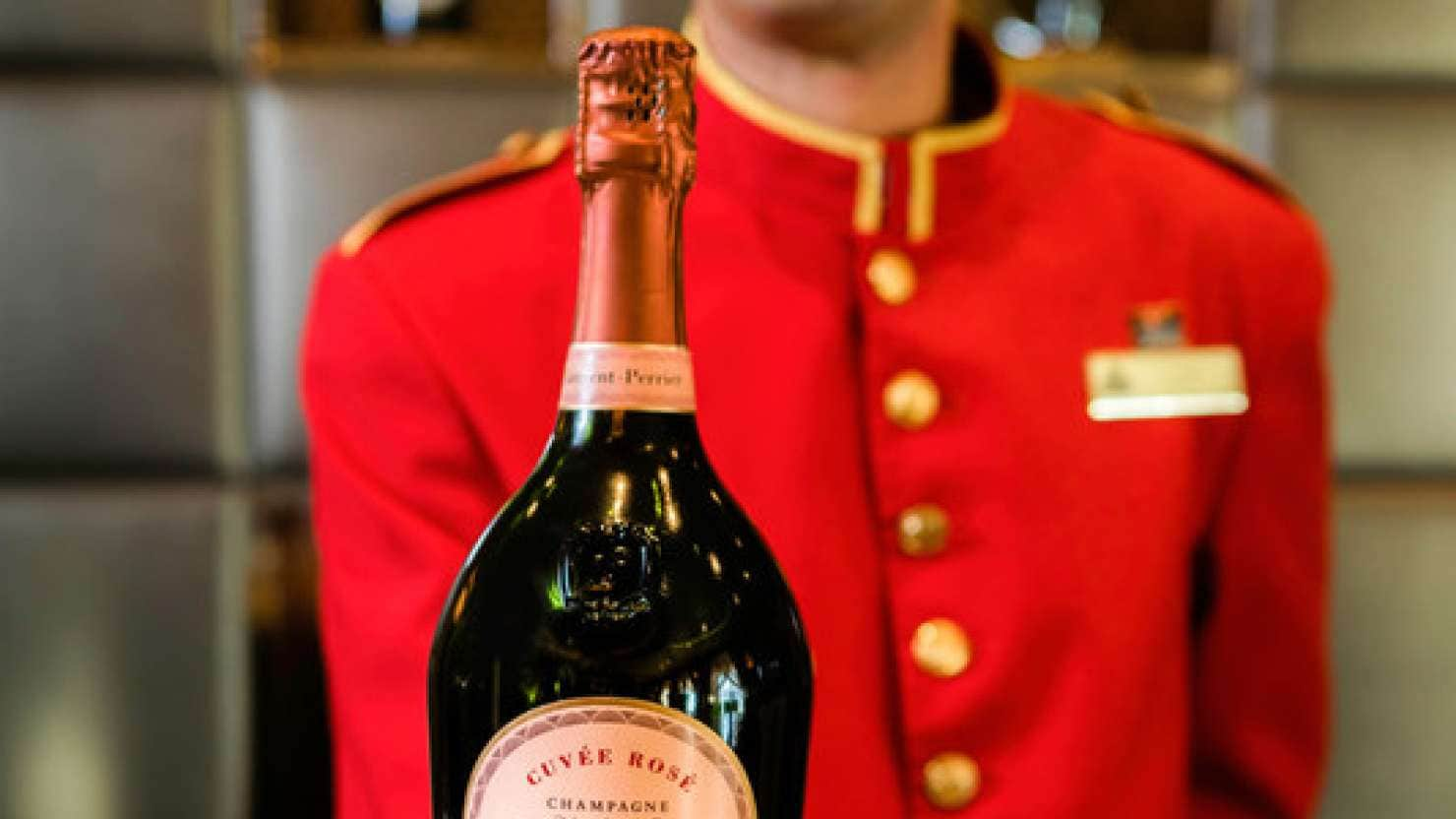
No matter where you sail, a voyage with Cunard is sure to be sparkling. Enjoy a flavoursome selection of effervescent wines from France, Italy, Spain and beyond with our array of world wines, available by glass or bottle.
Buttery, floral, biscuit and toasty are all terms associated with sparkling wine, which can be anything from sharp and dry to delicately fruity. Sparkling wines also make outstanding companions to sweet and savoury dishes - and not just canapés and wedding cake.
Charles Metcalfe, who has written two books on matching wines with food and was a guest on Cunard’s Voyage du Vin, offers this advice for mastering the perfect sparkling wine food pairings:
‘Most Champagne and cava is near-dry, so best with savoury dishes,' advises Charles. ‘Champagne complements seafood dishes, such as oysters, seafood risotto or grilled sole, while cava is brilliant with tapas. Prosecco goes well with sweeter dishes, but also makes a great contrast with charcuterie, so do try it with salty meats such as prosciutto, as well as hard cheeses, including Parmesan and Grana Padano.’

Champagne is the perfect accompaniment to the world's favourite season. Our partners at Laurent Perrier share their top tips for the perfect Christmas serve.
"Champagne is always on ice for celebrations: it should be served and maintained at 8-10 degrees Celsius. To open the bottle, hold it at a 45-degree angle and point it in a safe direction, remove the foil and loosen the wire cage by untwisting it. Turn the bottom of the bottle while applying slight pressure to the cork and the cage until the cork comes out. Serve into a flute glass, preferably with a tulip shape, to fully appreciate the aroma."
"Cuvée Rosé offers the freshest red fruit notes with every enticing sip. Its aromatic depth makes it ideal for pairing with charcuterie, poultry, marinated raw fish, grilled prawns, Parma ham and is an extraordinary match for red fruit desserts. Those who are more daring may try it with Asian or Indian cuisine."
And, of course, a sparkling glass is the perfect way to celebrate, be it a birthday on board, to toast Christmas Day or to see in the New Year in style.
of
Sign up to hear about exclusive updates, offers and competitions, and we’ll take care of the rest.